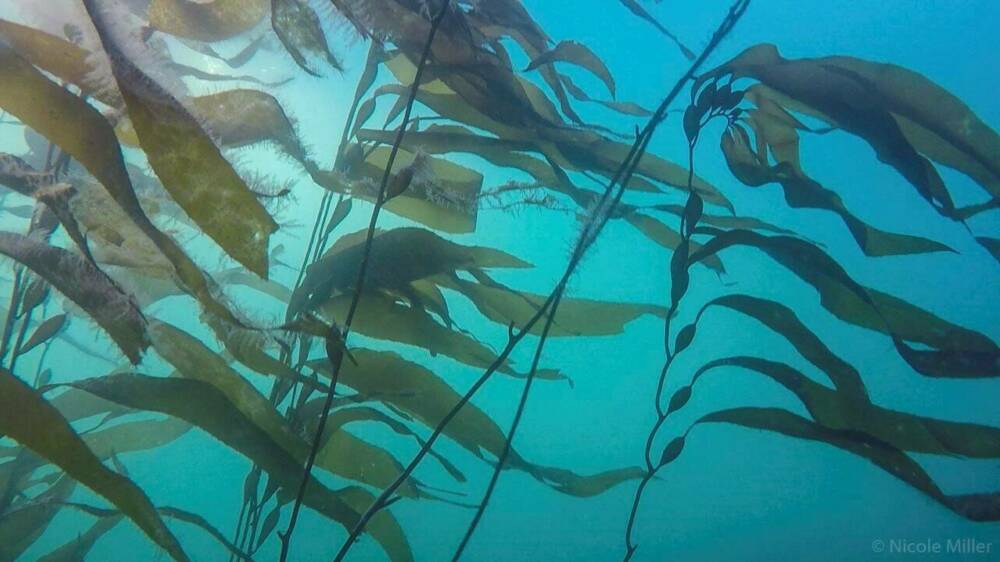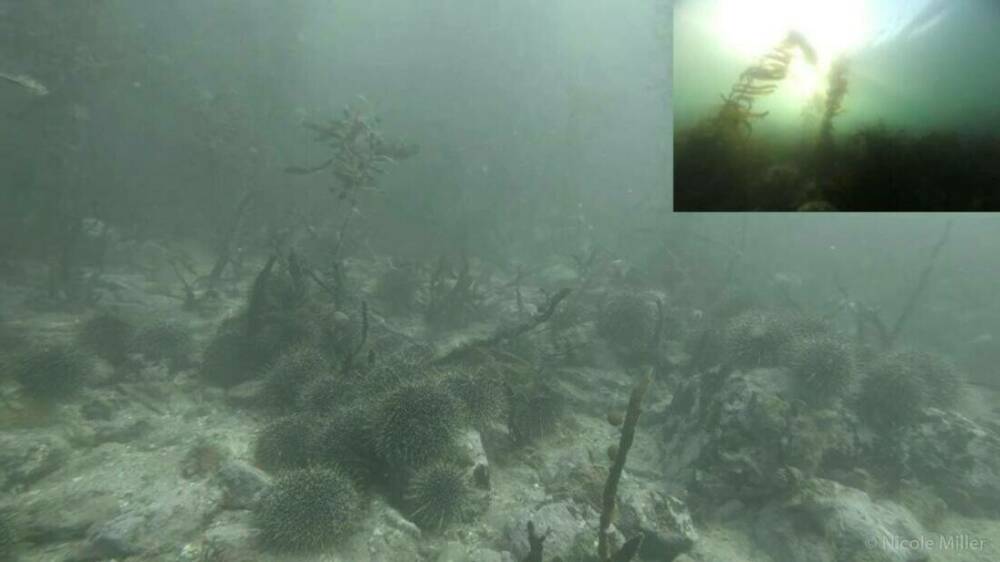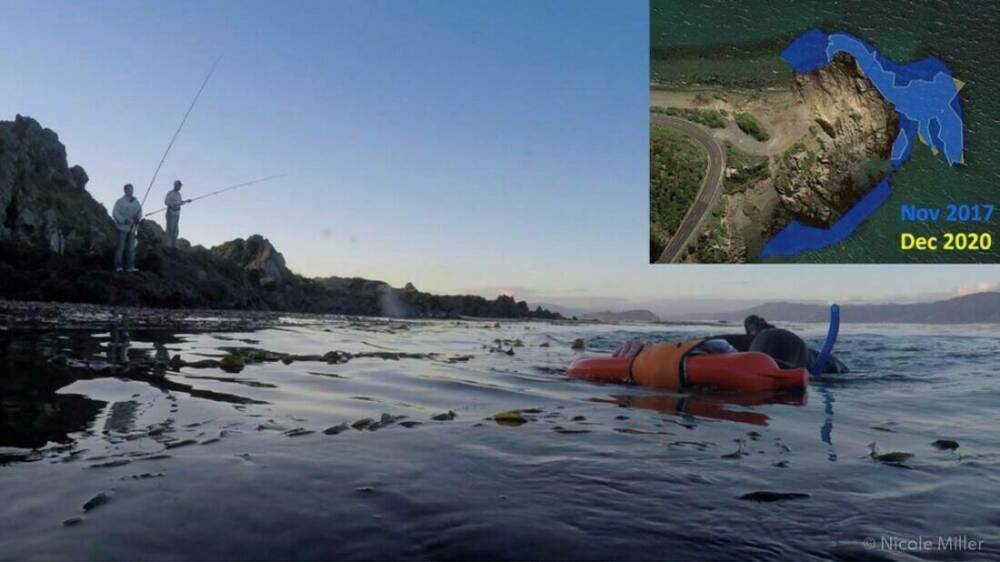Project Baseline Wellington - Marine Citizen Science
Divers and snorkelers are privileged to experience the diversity of life in New Zealand’s coastal marine environment. Citizen science divers of the Wellington Underwater Club started monitoring and documenting local marine ecosystems to raise awareness about their importance, the threats they face and what can be done to protect them.

Background
The temperate waters around the Te Whanganui-a-Tara / Wellington coastline sustain highly diverse and productive marine ecosystems. Large brown kelp species dominate the rocky reefs along the coastlines and provide shelter, habitat and food, and act as natural shore protection. Giant kelp (Macrocystis pyrifera) builds the towering canopy in underwater forests and is particularly visible with fronds reaching up from the seafloor and floating along on the surface, while carpophyllum (flapjack) and other seaweed species build dense understories.
Seaweed forests face a range of human induced threats that led to a significant decline of these highly productive habitats around Wellington’s coast. Key driver for decline is overgrazing by large numbers of sea urchins (kina). Kina predators such as large crayfish, blue cod and snapper have been overfished and are now missing in the ecosystem, allowing kina numbers to increase. Once a certain threshold is reached kina turn kelp forests into barren rock (so called kina barren) within a short time. Giant kelp is also affected by increasing water temperature and reaches limits of growth in the inner bays of Te Whanganui-a-Tara, Wellington Harbour.
Colourful sponge beds and other habitats lie out of sight in the deeper water of Wellington Harbour and coast. Citizen divers document the existence of these habitats so changes can be assessed over time. Human actions, such as fishing pressure, coastal development, chemical pollution (e.g. run-off, weed killers) and land use causing sedimentation add to the pressure from climate change. Reducing and eliminating human impacts and key drivers for decline will increase ecosystem resilience and protect and enhance marine biodiversity in the region.
Project details
The group wanted to know how summer water temperatures affects the growth and abundance of giant kelp and started a monitoring project in 2016. Project reports are available at the links below.
The citizen science divers observed increasing extents of kina barrens and started to document the decline of kelp forests in more detail. Taranaki Whānui used the observations to obtain a permit for a kina removal project to restore the kelp forests. Volunteers removed over 12,500 kina from Kau Point and after a few months divers documented regrowing seaweed covering the previously barren rocks - the foundation for a regenerating kelp forest.
The group is also documenting deeper habitats in the harbour and along Wellington’s coast and discovered highly diverse and colourful animal dominated reefs of Ohau Point. The discovery sparked funding for research and will lead to more significant marine areas included in the Wellington Regional Council coastal management plans.
What they hope to achieve
The citizen science divers create awareness about the diversity and importance of marine ecosystems in the Wellington region, fill critical data gaps and empower individuals and the community to protect marine biodiversity and enhance resilience of marine habitats by addressing a wide range of pressures on the marine environment.
Citizen science opportunities
Project Baseline Wellington is looking for volunteers. Are you a regular snorkeler, freediver, scuba diver or underwater photographer in Wellington? Email Project Baseline Wellington.
Want to stay dry and still experience and learn about Wellington’s marine environment? Follow Project Baseline Wellington on (Facebook).
Project reports, updates and more information available online: Giant Kelp in Wellington Harbour, sea urchin (kina) and kelp forest regeneration, sponge gardens and marine habitats.


Resource







